Hallux Rigidus and Hallux Limitus are two common foot conditions that can cause significant pain and discomfort. They both involve the big toe joint but have distinct differences in terms of their causes, symptoms, and treatments. In this article, we will explore these two conditions in detail so you can better understand how to recognize Hallux Rigidus or Hallux Limitus and get the help you need for a successful recovery.
What is Hallux Rigidus?
Hallux Rigidus is a condition that causes stiffness and pain in the big toe joint. This condition is caused by degenerative arthritis, which leads to limited movement of the joint. It can be very painful and can limit a person’s daily activities.
What is Hallux Limitus?
Hallux Limitus is a similar condition to Hallux Rigidus, but it involves less severe stiffness and pain in the big toe joint. This condition is caused by a decreased range of motion due to an abnormal growth or deformity of the joint. It may also cause difficulty with walking, running, and other activities.
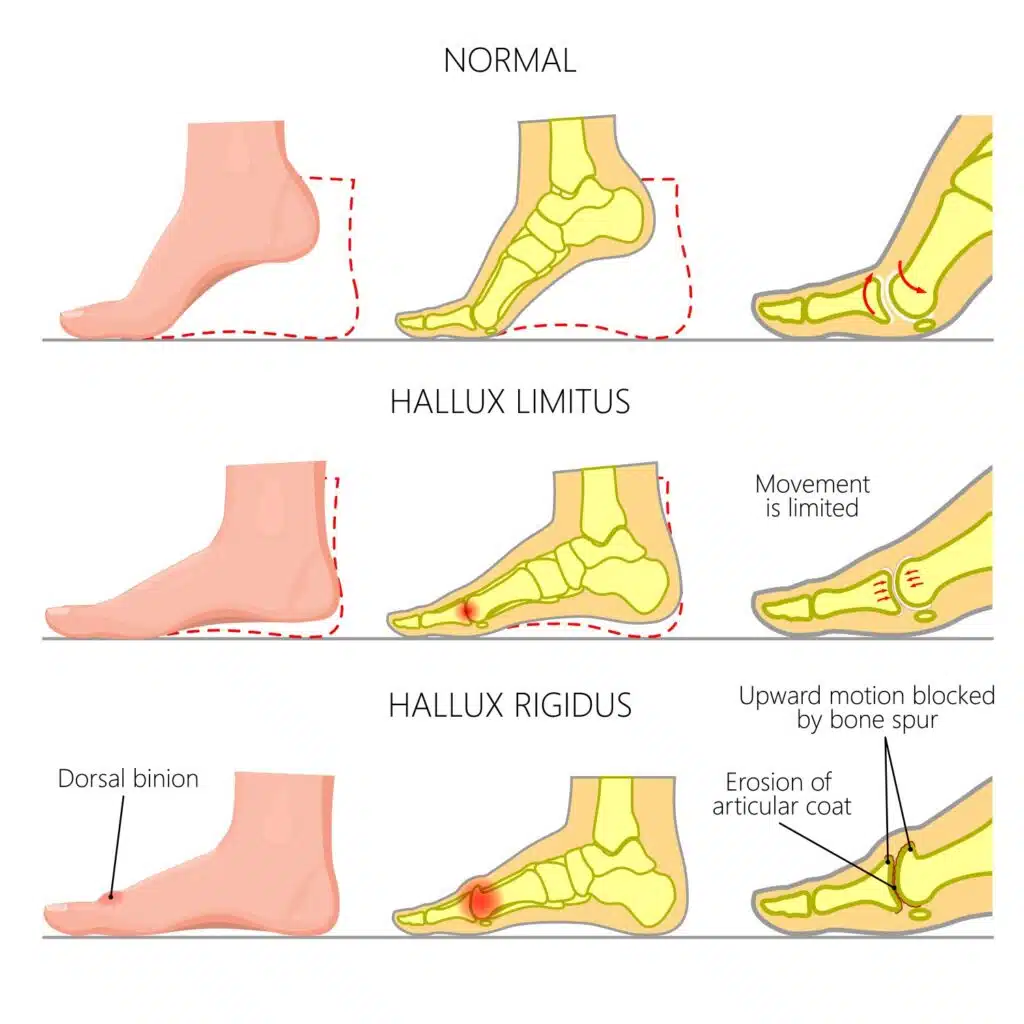
What are the Symptoms?
Hallux Rigidus and Hallux Limitus can both cause significant pain and difficulty in completing everyday activities. With Hallux Rigidus, the big toe joint becomes stiffer and more painful due to degenerative arthritis. This can result in reduced mobility of the toe, as well as pain when walking or running.
People with Hallux Limitus experience less severe stiffness and pain but still have impaired movement of the joint due to an abnormality. Hallux Limitus can cause similar symptoms such as stiffness and pain in the joint, limited range of motion when walking or running, and difficulty with completing daily activities.
Diagnosis of Hallux Rigidus
Hallux Rigidus is typically diagnosed through physical examination and imaging tests. During the physical exam, your doctor will look for signs of pain, swelling, stiffness, redness, and tenderness around the big toe joint. Imaging tests such as X-rays can also be used to detect any deformities or abnormalities in the joint. Additionally, your doctor may also order an MRI to get a detailed image of the structure of the joint and rule out other causes of the symptoms. Finally, a CT scan may be used if a more precise diagnosis is needed since it is better at viewing bone. An orthopedic surgeon can also evaluate Hallux Rigidus and determine if surgery is necessary for treating the condition. With an accurate diagnosis and treatment plan in place, Hallux Rigidus sufferers can find relief from their discomfort and regain their mobility over time.
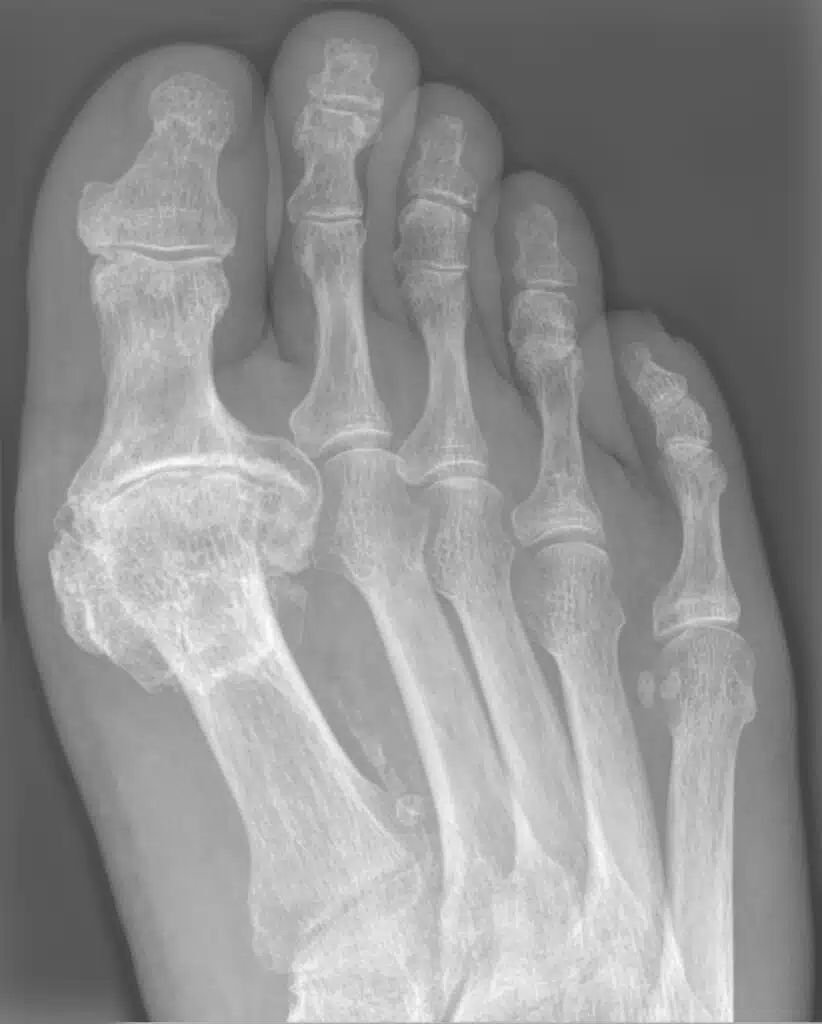
Prevention Tips to Avoid Developing Hallux Rigidus or Limitus
Some prevention tips to avoid developing Hallux Rigidus are wearing shoes that fit properly, avoiding high-impact activities, stretching regularly, and maintaining a healthy weight. Properly fitting shoes will prevent the joint from excessive impact and stress. High-impact activities should be avoided as these can cause additional wear and tear on the joint. Stretching exercises such as toe hikes, ankle rolls, calf raises and toe circles can help keep your feet flexible. Maintaining a healthy weight is also important since excess body weight puts extra strain on joints like the big toe. Additionally, avoiding smoking can reduce the risk of developing arthritis which is linked to Hallux Rigidus development. Finally, avoiding tight footwear or high heels may also reduce the risk of developing Hallux Rigidus over time by promoting proper support for your feet when walking or running.
By following these prevention tips, you can help avoid developing Hallux Rigidus and maintain healthy feet. With proper diagnosis and treatment, Hallux Rigidus sufferers can find relief from their pain and regain their mobility over time. Furthermore, those who are at risk of the condition should take measures to prevent it by wearing shoes that fit properly, avoiding high-impact activities, stretching regularly, maintaining a healthy weight and avoiding smoking. This will ensure healthy feet for years to come.
Common Treatment Options for Hallux Limitus and Hallux Rigidus
Common conservative treatment options include lifestyle modifications, corrective exercises, modalities, medications, and orthotics. Conservative treatment may be effective in treating Hallux Limitus, depending on the severity of the condition. Lifestyle modifications such as avoiding high-impact activities and wearing properly fitting shoes can help reduce pressure on the big toe joint and reduce pain. Stretching exercises such as toe hikes, ankle rolls, calf raises and toe circles can also help keep your feet flexible and strengthen the muscles that support the big toe joint.
Rehabilitation may also be recommended to improve flexibility and range of motion while reducing inflammation caused by Hallux Limitus. Rehabilitation can be performed by a physical therapist or a chiropractic physician. These corrective exercises can be done through manual stretching techniques, exercises targeting specific muscles around the affected area, or massage therapy to loosen tight muscles and improve mobility.
Myofascial release is an effective treatment for those suffering from Hallux Limitus. It is a type of soft tissue therapy that works to relieve pain and restore movement in the affected area. Myofascial release utilizes targeted massage techniques and stretching which work to relax tight muscles around the big toe joint and reduce pressure on the joint itself. This can help improve mobility, reduce inflammation and increase range of motion while providing relief from pain caused by Hallux Limitus. In addition to its therapeutic effect, myofascial release can help promote better posture by alleviating muscle tension throughout the body, allowing for improved balance and body mechanics. By addressing the underlying cause of Hallux Limitus, myofascial release can provide much-needed relief for sufferers and help them regain their mobility over time.
Graston Technique, which is a type of instrument-assisted soft tissue mobilization, can help those who suffer from hallux limitus by targeting the myofascial tissues around the big toe joint. This treatment helps to break down scar tissue and adhesions that develop due to prolonged stiffness or overuse of the joint. By reducing these adhesions, Graston Technique increases mobility in the affected area and helps relieve pain associated with hallux limitus. Additionally, this therapy helps to improve circulation in the region and reduce swelling, which further improves the range of motion for those suffering from hallux limitus. Through repeated treatments, sufferers of hallux limitus can experience improved balance, posture and body mechanics along with reduced stiffness and inflammation.
Cold laser therapy is a form of therapy used to treat inflammation and pain associated with hallux limitus. It works by delivering light energy deep into the tissue, which helps to reduce swelling and inflammation around the big toe joint. Cold laser therapy can help reduce pain in the area by increasing circulation, allowing for improved blood flow to the affected area. Additionally, cold laser therapy has been shown to reduce stiffness and increase flexibility in the joint, thus promoting a better range of motion. The targeted light from cold laser therapy also promotes tissue healing, which can help decrease pain associated with Hallux Limitus over time. This non-invasive treatment option has been proven to be both safe and effective for those suffering from Hallux Limitus, providing relief from pain as well as improved mobility in the affected area.
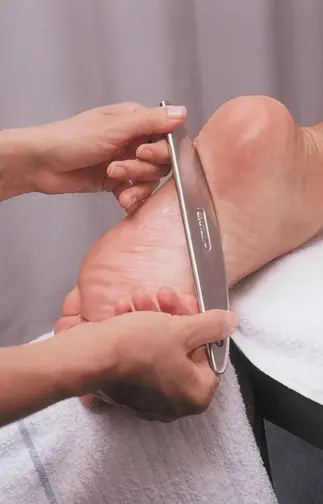

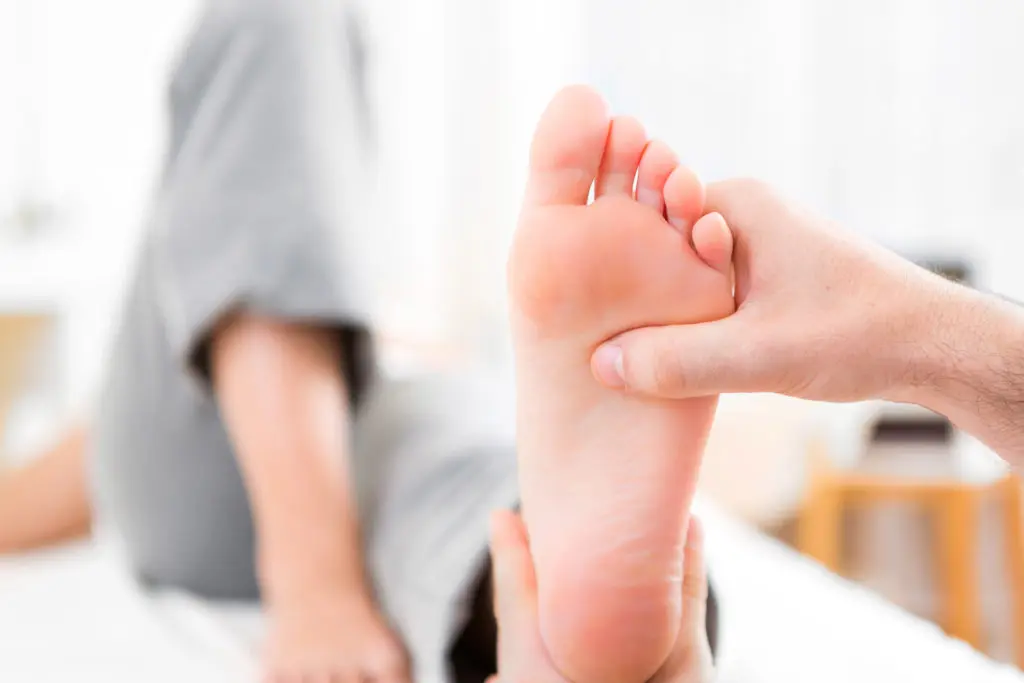
Orthotics can be used to provide extra support for the affected joint and reduce discomfort while promoting better mobility. Orthotic devices are designed specifically for each individual according to the size of their feet, the shape of their archways, flexibility of the foot, the severity of symptoms, etc., so they need to be fitted by a trained healthcare provider (like a certified chiropractic sports physician) to provide optimal results. With a proper diagnosis and treatment plan in place sufferers of Hallux Limitus can find relief from their discomfort and regain their mobility over time without needing surgery in most cases.
Finally, medications such as nonsteroidal anti-inflammatory drugs (NSAIDs) or corticosteroid injections may also be prescribed to help with pain relief. In some cases, surgery may be necessary if other treatments are not effective or if more extensive care is needed. The most common type of surgery performed is an arthrodesis which involves fusing two joints to help stabilize the foot and relieve pressure on the bone in the affected joint.
Conclusion
Hallux Limitus and Hallux Rigidus can be painful, debilitating conditions that affect the mobility of the big toe joint. Fortunately, there are many treatment options available to help sufferers find relief from their discomfort and regain their mobility over time without needing surgery in most cases. Myofascial release, Graston Technique, cold laser therapy and orthotics might all be beneficial depending on individual needs.
If you are suffering from Hallux Limitus or Hallux Rigidus, don’t hesitate to contact Harmony Chiropractic for a diagnosis and personalized treatment plan tailored specifically for your condition. Our team of experienced professionals is here to provide you with effective solutions so that you can get back on track as soon as possible!
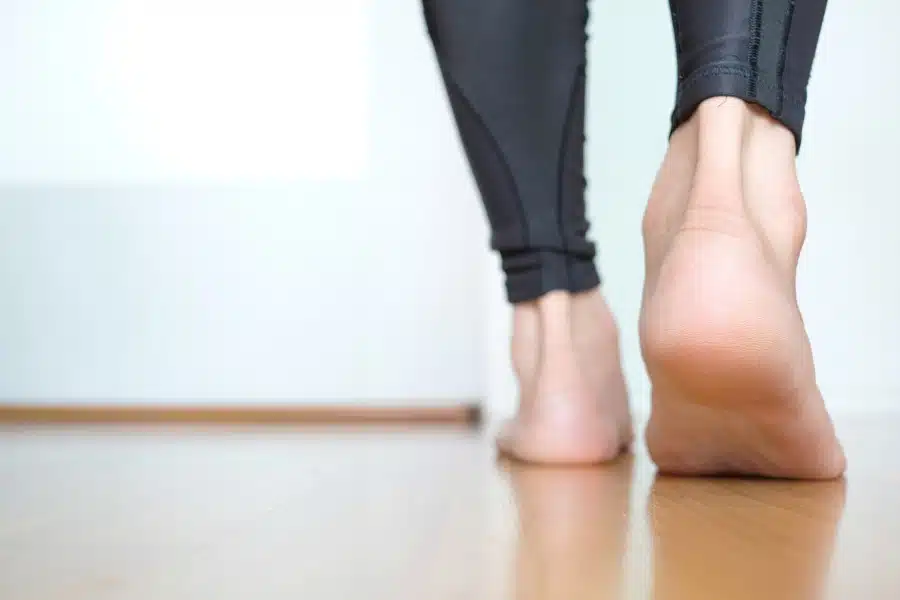
Q: What can I do to prevent Hallux Rigidus?
A: To help prevent Hallux Rigidus, it is important to maintain a healthy weight as well as wear shoes with adequate cushioning, arch support, and flexibility. It is also important to avoid activities that cause excessive stress on the big toe joint such as running or jumping. Stretching regularly can also help improve the range of motion in the joint and reduce the risk of developing this condition.
Q: What is the outlook for people with Hallux Rigidus?
A: With appropriate treatment, most people with Hallux Rigidus can manage their condition and lead a relatively normal life. Non-surgical treatments are often effective in reducing symptoms or preventing the progression of the condition. In cases where surgery is necessary, recovery times vary depending on the severity of the condition and the extent of surgery required. However, most people will experience some improvement in range of motion and pain levels following successful surgery.
